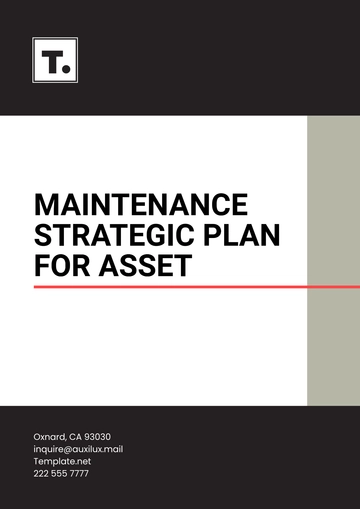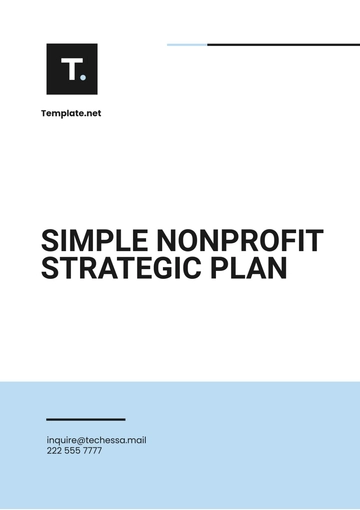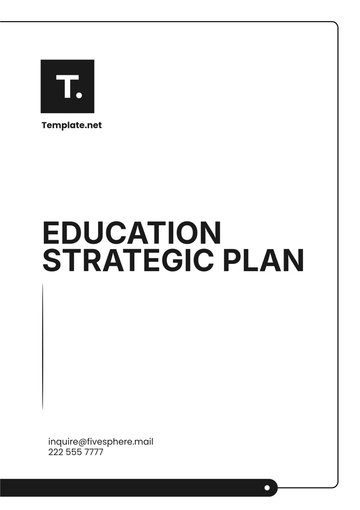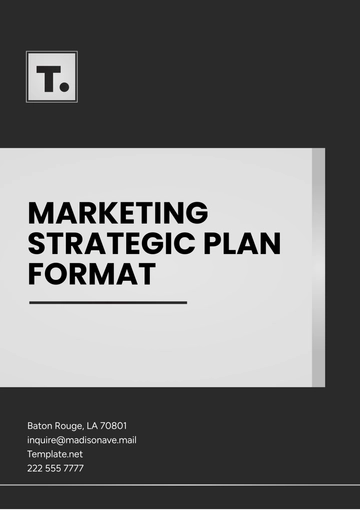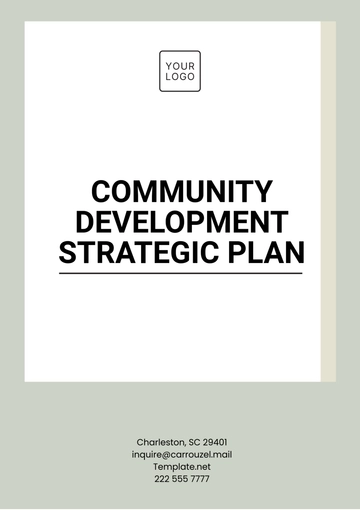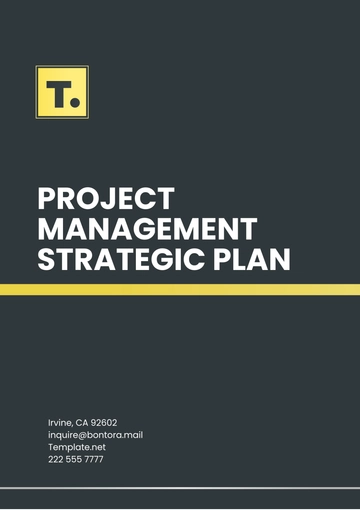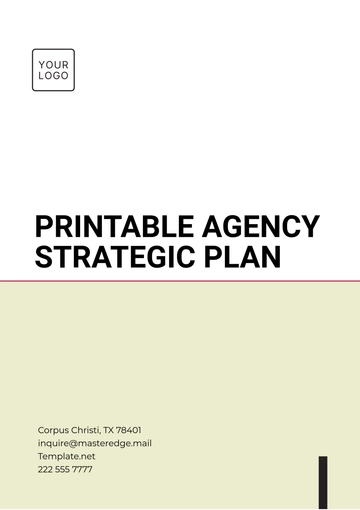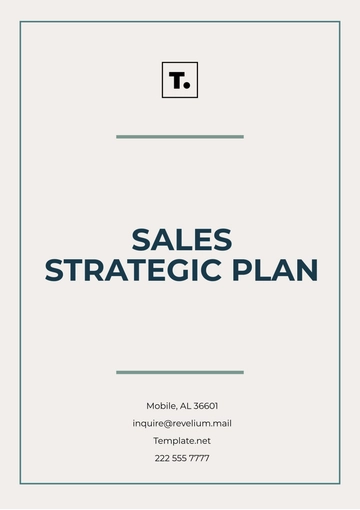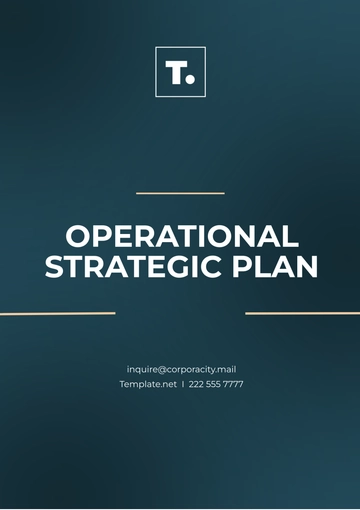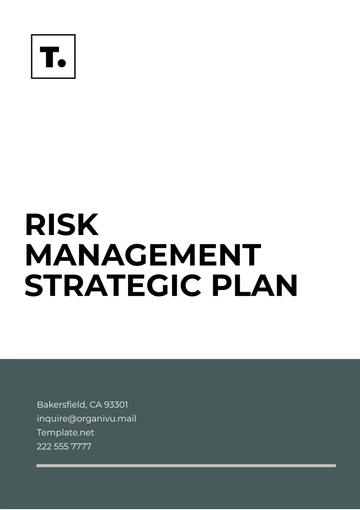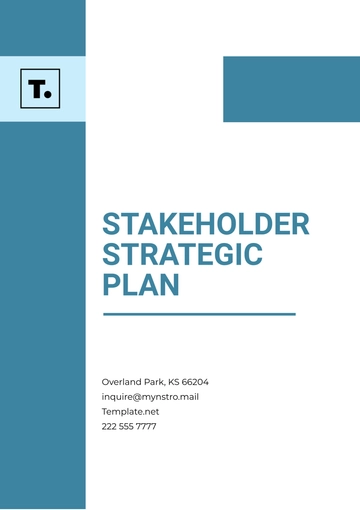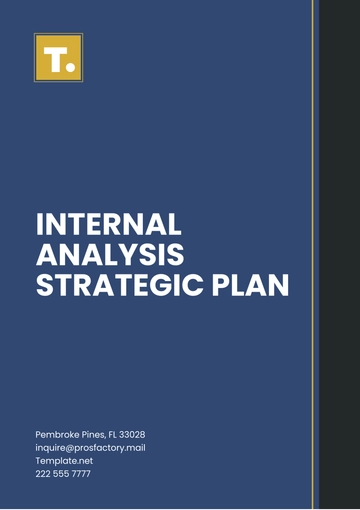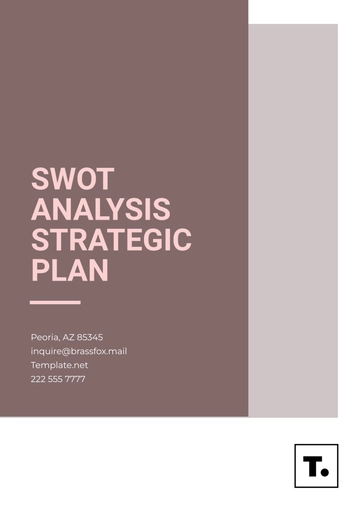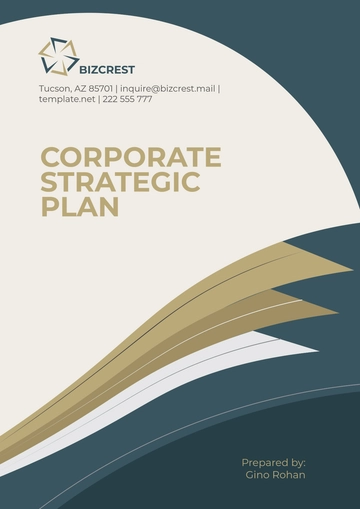Free Maintenance Strategic Plan for Asset
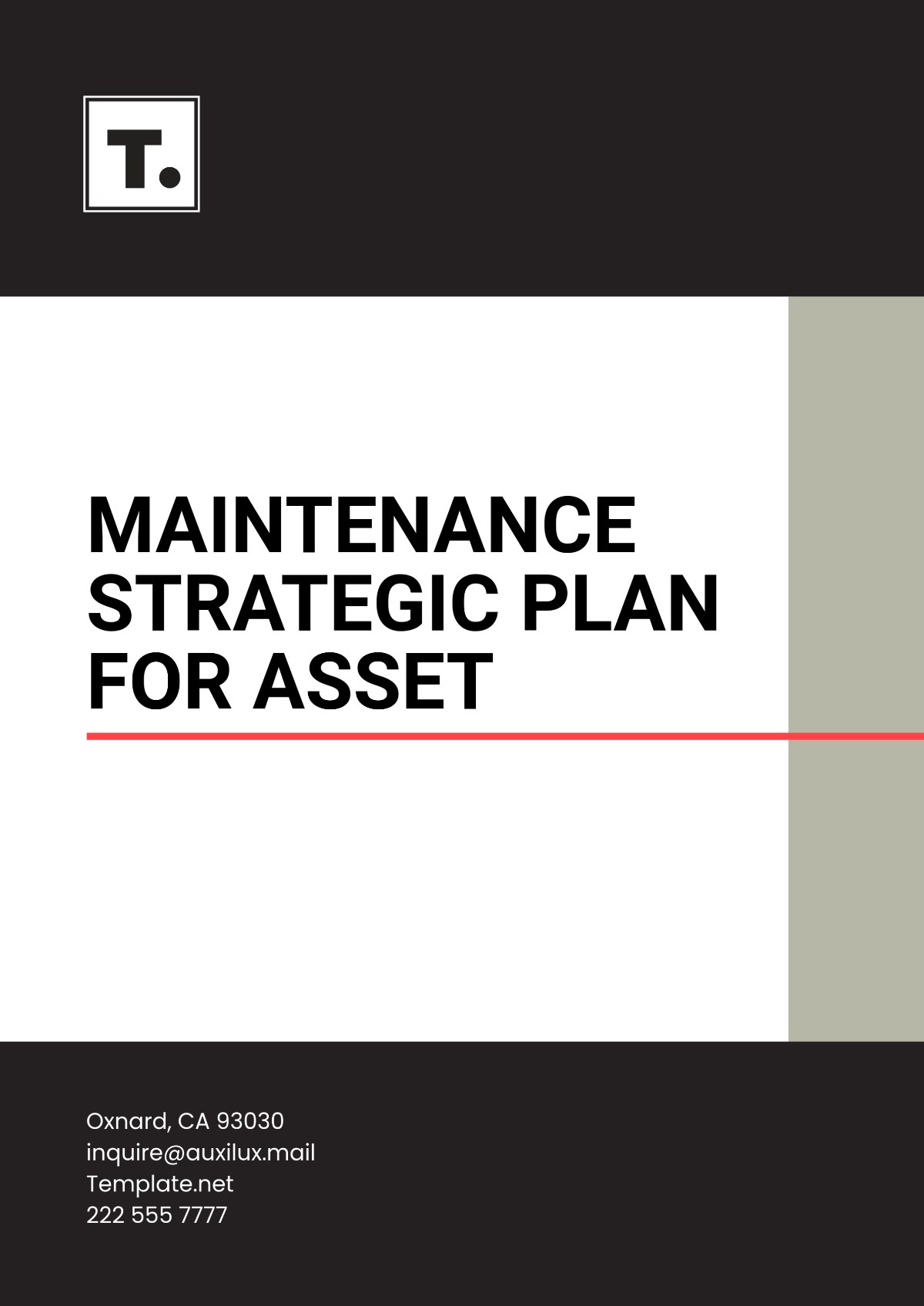
Prepared by: [Your Name]
Company: [Your Company Name]
Date: January 1, 2050
I. Executive Summary
The Maintenance Strategic Plan for Asset Management is developed to ensure the sustained reliability, enhanced efficiency, and optimal cost-effectiveness of all physical assets within the organization throughout its lifecycle. This plan provides a comprehensive framework for implementing preventive maintenance, condition monitoring, asset renewal, and strategies aimed at performance optimization, efficient resource allocation, effective risk management, consistent performance measurement, and continuous improvement.
The primary goal is to minimize asset failures, reduce downtime, and extend asset lifespans while ensuring alignment with the organization's long-term objectives. This plan will be revisited annually to ensure its relevance and effectiveness in meeting emerging operational needs.
II. Asset Inventory
This section provides a detailed and regularly updated inventory of all assets owned by the organization. It includes information on asset classification, condition assessment, and priority level. Accurate record-keeping and periodic audits are essential to maintain a clear understanding of the asset portfolio.
A. Asset Categories
Critical Assets
These assets are vital to core operations and have a significant impact on productivity and safety. Examples include heavy machinery, production lines, and essential utility systems.
Non-Critical Assets
Assets that do not directly affect core processes but are still necessary for supporting functions, such as office equipment and ancillary tools.
B. Asset Condition
Assess and document the current condition of each asset to determine maintenance priorities. Regular inspections and evaluations should be performed using a standardized scoring system (e.g., Excellent, Good, Fair, Poor) for effective decision-making.
III. Maintenance Objectives
The primary maintenance objectives are set to align with the organization’s operational goals, focusing on reliability, efficiency, and cost-effectiveness.
A. Reliability
Minimize Downtime
Reduce unplanned outages and operational disruptions by implementing a robust preventive maintenance program.
Ensure Operational Consistency
Maintain consistent asset performance to meet production targets and quality standards.
B. Cost-Effectiveness
Optimize Maintenance Expenses
Control costs by prioritizing maintenance activities and utilizing efficient maintenance techniques.
Extend Asset Lifecycle
Increase the useful life of assets through regular upkeep and timely renewal.
IV. Maintenance Strategies
A combination of maintenance strategies is employed to achieve the objectives and meet the unique needs of the organization.
A. Preventive Maintenance
Scheduled Inspections and Servicing
Implement a regular maintenance schedule for routine checks, cleaning, lubrication, and minor repairs to prevent major failures.
Maintenance Calendar
Develop a maintenance calendar outlining all scheduled tasks, including dates and responsible personnel.
B. Condition Monitoring
Sensor-based Monitoring
Utilize manual condition checks and visual inspections to detect early signs of wear and deterioration.
Analytics and Reporting
Analyze data from inspections to predict potential failures and plan corrective actions.
C. Asset Renewal
Upgrade and Replacement Planning
Identify assets nearing the end of their useful life and develop a replacement plan, considering cost and long-term benefits.
Capital Investment Planning
Allocate budget for asset renewal projects based on priority and return on investment.
V. Resource Allocation
Efficient resource allocation is critical to support the maintenance plan. This section outlines the personnel, tools, and budget required for effective execution.
A. Personnel
Skilled Workforce
Ensure that a qualified team of technicians and engineers is available to carry out maintenance tasks.
Training Programs
Implement ongoing training programs to enhance the skills of the maintenance team and keep them updated on best practices.
B. Tools and Technology
Maintenance Equipment
Invest in high-quality maintenance tools to facilitate efficient and safe asset servicing.
Record-keeping Systems
Use asset management software for comprehensive record-keeping and reporting.
C. Budgeting
Maintenance Cost Estimation
Prepare a detailed budget, including estimated costs for preventive maintenance, repairs, and asset renewal.
Funding Allocation
Allocate appropriate funding to ensure all planned activities can be executed without disruption.
VI. Risk Management
This section outlines strategies for identifying, assessing, and mitigating risks associated with asset maintenance and operation.
A. Risk Identification
Potential Hazards
Identify risks such as mechanical failures, safety hazards, and unexpected breakdowns.
Asset Vulnerability Assessment
Assess the vulnerability of critical assets and identify high-risk areas.
B. Mitigation Strategies
Preventive Measures
Implement safety protocols and emergency response procedures to minimize risks.
Contingency Planning
Develop backup plans for critical operations in case of major asset failures.
VII. Performance Metrics
Establish a set of Key Performance Indicators (KPIs) to measure the success of the maintenance plan and identify areas for improvement.
A. Downtime Reduction
Tracking Downtime
Monitor and record equipment downtime to identify patterns and reduce the frequency of unplanned outages.
B. Cost Savings
Efficiency Evaluation
Measure cost savings achieved through improved maintenance processes and reduced asset failures.
Return on Investment (ROI)
Analyze the financial benefits gained from implementing the maintenance strategies.
VIII. Implementation Plan
A detailed plan to integrate the maintenance strategy within the organization, including timelines and responsible parties.
Phase | Activity | Timeline |
|---|---|---|
Phase 1 | Conduct Asset Audit | Q1 2050 |
Phase 2 | Develop Maintenance Schedule | Q2 2050 |
Phase 3 | Implement Preventive Measures | Q3 2050 |
Phase 4 | Review and Optimize Strategies | Q4 2050 |
IX. Review and Improvement
A structured approach to continuously monitor, review, and enhance the maintenance strategic plan based on performance data and stakeholder feedback.
A. Feedback Loops
Stakeholder Input
Regularly collect feedback from maintenance staff, asset managers, and senior management.
B. Continuous Improvement
Adopt Best Practices
Incorporate industry best practices and adjust the plan based on emerging trends and insights.
Plan Updates
Review and revise the plan annually to address new challenges and opportunities.
- 100% Customizable, free editor
- Access 1 Million+ Templates, photo’s & graphics
- Download or share as a template
- Click and replace photos, graphics, text, backgrounds
- Resize, crop, AI write & more
- Access advanced editor
Create a strong maintenance strategy with our Maintenance Strategic Plan for Asset Template from Template.net. This editable and customizable template helps you draft a detailed plan for effective asset upkeep. Easily editable in our Ai Editor Tool, it’s perfect for setting long-term maintenance goals and aligning them with your business objectives. Optimize asset performance effortlessly with this strategic template.
